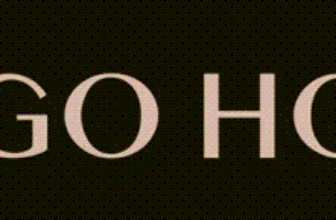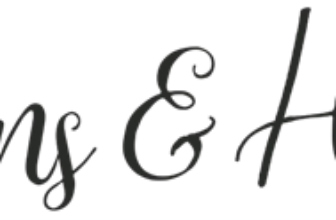
Bed Linens Company Purchased Machinery – Accounting For Depreciation Under the Straight-Line Method
[ad_1]
Depreciation is defined as that portion of the cost of a fixed asset that is charged to expense for a particular year or period. Except land, all property and equipment are subject to depreciation. Depreciation is the decrease in the usefulness of the asset through use.
The straight-line method is one of the methods of computing depreciation which results in the equal distribution of charges over the life of the asset. The formula is: Depreciation = cost – scrap value /estimated useful life.
Cost is the price paid for the asset. Scrap value or salvage value is the estimated amount assigned to the asset or that can be received from the sale of the asset after its estimated life. Useful life is the estimated service life of the asset.
Suppose that Bed Linens Company purchased machinery for the manufacture of its bed linens at $10,000. Its accountant and management estimated that the machine tool is expected to have a salvage value or residual value of $1000 at the end of its five-year life.
In this case, the total amount of depreciation that should be taken in the books of Bed Linens Company during the useful life of the asset is only $9,000 or $1,800 for each year of useful life.
When the salvage value is estimated and subtracted from the cost of a fixed asset, the result is termed the estimated net cost. Thus if a car purchased for $40,000 is expected to have a six-year life, and to have a salvage value of $4,000 at the end of its life, $40,000 is termed the cost or gross cost and $36,000 is termed the estimated net cost.
Charging off of an equal fraction of the asset cost each year is called the straight-line method of depreciation.
Using the straight-line method, the percentage of original cost charged off each year, called the depreciation rate, is obtained by dividing 1over the number of years. For example, if an asset is to be written off over five years, the depreciation rate is 20%.
Under the straight-line method the amount of depreciation expense for a given year is determined by multiplying the estimated net cost by the depreciation rate. Thus if the estimated net cost is $9000, and the depreciation rate is 10%, the yearly amount of depreciation expense will be $900. It is recorded by debiting depreciation expense.. $900 and crediting accumulated depreciation-machine tool.. $900.
The factors that are relevant to the depreciation of an asset are:
(1) original cost;
(2) estimated salvage value; and
(3) useful life.
Under the straight- line method, equal amounts of depreciation expense are taken each year. The concept which underlies this method is that the readiness of a fixed asset to provide service is the same from year to year during its life.
The date of the asset has to be considered in determining the depreciation expense. If the asset was acquired July 1, 2009, the depreciation will be for one-half year, that is, if the business’ accounting period ends on December 31.
Depreciation expense will be shown among operating expenses in the Income Statement, while accumulated depreciation will be shown in the Balance Sheet as a deduction from the respective asset.
There are other methods of apportioning depreciation besides the straight-line method. One of these methods takes into account the fact that many assets provide more service in their earlier years than in their later, due to decreasing mechanical efficiency, increasing maintenance costs, and increasing likelihood of obsolescence.
[ad_2]
Source by Marivic Malinao



